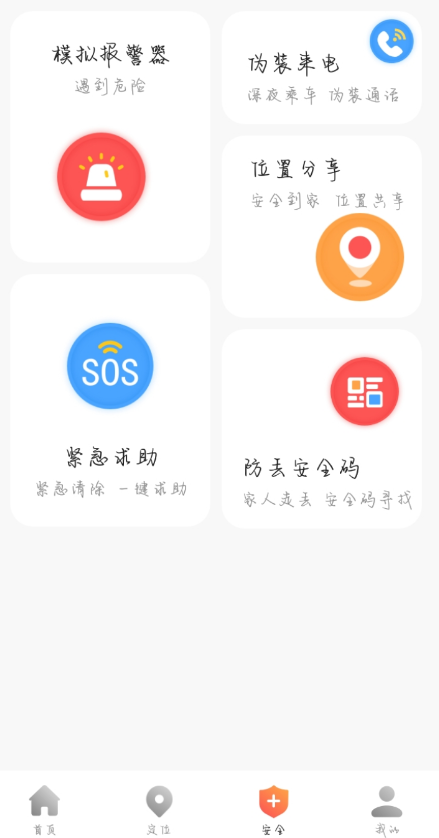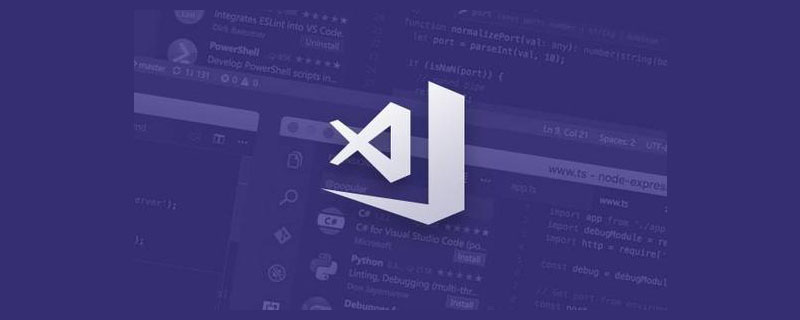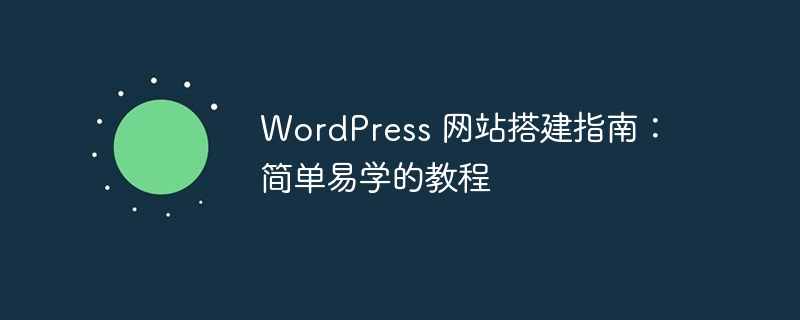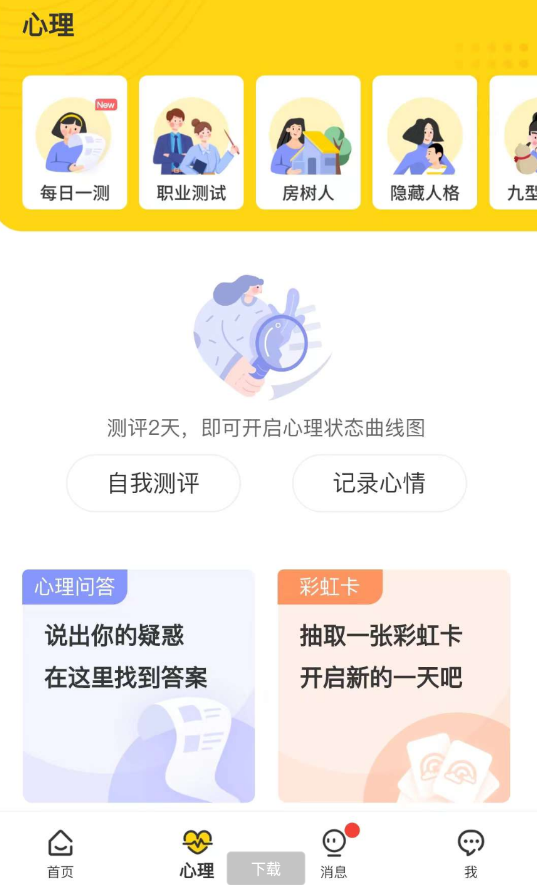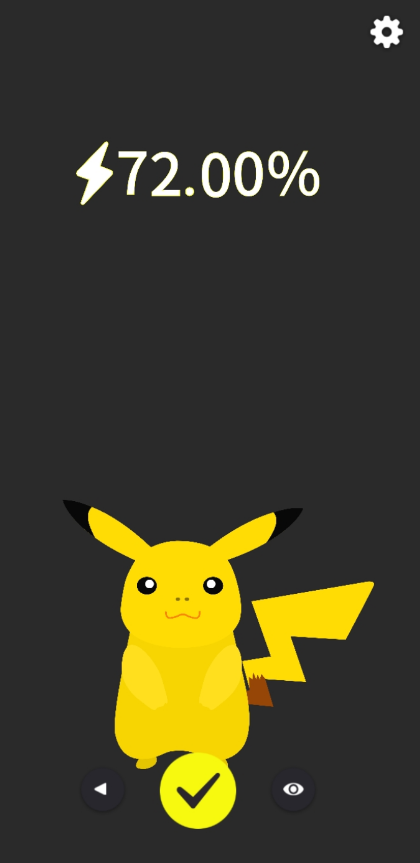bootstrap 可以用来设计响应式模态框。1) 使用 bootstrap 的响应式类和媒体查询实现模态框在不同设备上的适配。2) 通过 modal-sm、modal-lg 等类调整模态框大小,并使用 JavaScript 控制其显示和隐藏。3) 结合 bootstrap 的网格系统,可以创建在不同设备上显示不同内容的模态框,提升用户体验。

引言
在现代网页设计中,响应式设计已经成为标配,而模态框作为用户交互的重要元素,其响应式设计尤为关键。本文将深入探讨如何使用 Bootstrap 设计一个响应式的模态框布局。通过阅读本文,你将学会如何利用 Bootstrap 的强大功能,创建一个在不同设备上都能完美展示的模态框。
Bootstrap 作为一个流行的前端框架,提供了丰富的组件和工具,使得创建响应式布局变得更加简单和高效。无论你是初学者还是有经验的开发者,本文都将为你提供实用的指导和技巧。
基础知识回顾
在开始之前,让我们快速回顾一下 Bootstrap 和模态框的基本概念。Bootstrap 是一个基于 html、css 和 JavaScript 的前端框架,它提供了许多预定义的样式和组件,使得开发者可以快速构建响应式网站。模态框(Modal)是一种覆盖在页面上的对话框,用于展示重要信息或要求用户进行操作。
Bootstrap 的模态框组件非常强大,它不仅支持基本的弹出功能,还可以轻松实现响应式设计。理解这些基础知识后,我们可以更好地利用 Bootstrap 来设计我们的模态框。
核心概念或功能解析
响应式模态框的定义与作用
响应式模态框是指在不同设备和屏幕尺寸下都能正确显示和操作的模态框。它的作用在于提供一致的用户体验,无论用户使用的是桌面电脑、平板还是手机。Bootstrap 通过其内置的响应式类和媒体查询,帮助我们轻松实现这一目标。
例如,一个简单的 Bootstrap 模态框可以这样定义:
<!-- 触发模态框的按钮 --> <button type="button" class="btn btn-primary" data-bs-toggle="modal" data-bs-target="#exampleModal"> 打开模态框 </button> <!-- 模态框 --> <div class="modal fade" id="exampleModal" tabindex="-1" aria-labelledby="exampleModalLabel" aria-hidden="true"> <div class="modal-dialog"> <div class="modal-content"> <div class="modal-header"> <h5 class="modal-title" id="exampleModalLabel">模态框标题</h5> <button type="button" class="btn-close" data-bs-dismiss="modal" aria-label="Close"></button> </div> <div class="modal-body"> 这里是模态框的内容。 </div> <div class="modal-footer"> <button type="button" class="btn btn-secondary" data-bs-dismiss="modal">关闭</button> <button type="button" class="btn btn-primary">保存更改</button> </div> </div> </div> </div>
这个示例展示了如何使用 Bootstrap 创建一个基本的模态框。接下来,我们将深入探讨如何使其响应式。
工作原理
Bootstrap 的响应式模态框主要通过以下几个方面实现:
-
媒体查询:Bootstrap 使用 CSS 媒体查询来调整模态框在不同屏幕尺寸下的显示效果。例如,在小屏幕设备上,模态框会自动调整大小以适应屏幕。
-
类名和样式:Bootstrap 提供了如 modal-sm 和 modal-lg 等类名,允许开发者根据需要调整模态框的大小。此外,modal-dialog-centered 类可以使模态框在屏幕中央显示。
-
JavaScript 控制:Bootstrap 的 JavaScript 库负责管理模态框的显示和隐藏,确保其在不同设备上的交互一致性。
通过这些机制,Bootstrap 能够确保模态框在各种设备上都能正确显示和操作。
使用示例
基本用法
让我们看一个基本的响应式模态框示例:
<!-- 触发模态框的按钮 --> <button type="button" class="btn btn-primary" data-bs-toggle="modal" data-bs-target="#responsiveModal"> 打开响应式模态框 </button> <!-- 响应式模态框 --> <div class="modal fade" id="responsiveModal" tabindex="-1" aria-labelledby="responsiveModalLabel" aria-hidden="true"> <div class="modal-dialog modal-dialog-centered"> <div class="modal-content"> <div class="modal-header"> <h5 class="modal-title" id="responsiveModalLabel">响应式模态框</h5> <button type="button" class="btn-close" data-bs-dismiss="modal" aria-label="Close"></button> </div> <div class="modal-body"> 这个模态框在不同设备上都能正确显示。 </div> <div class="modal-footer"> <button type="button" class="btn btn-secondary" data-bs-dismiss="modal">关闭</button> <button type="button" class="btn btn-primary">保存更改</button> </div> </div> </div> </div>
在这个示例中,我们使用了 modal-dialog-centered 类来确保模态框在屏幕中央显示。
高级用法
对于更复杂的需求,我们可以利用 Bootstrap 的其他功能来增强模态框的响应性。例如,结合 Bootstrap 的网格系统,我们可以创建一个在不同设备上显示不同内容的模态框:
<!-- 触发模态框的按钮 --> <button type="button" class="btn btn-primary" data-bs-toggle="modal" data-bs-target="#advancedModal"> 打开高级响应式模态框 </button> <!-- 高级响应式模态框 --> <div class="modal fade" id="advancedModal" tabindex="-1" aria-labelledby="advancedModalLabel" aria-hidden="true"> <div class="modal-dialog modal-dialog-centered"> <div class="modal-content"> <div class="modal-header"> <h5 class="modal-title" id="advancedModalLabel">高级响应式模态框</h5> <button type="button" class="btn-close" data-bs-dismiss="modal" aria-label="Close"></button> </div> <div class="modal-body"> <div class="row"> <div class="col-md-6"> <p>在中等及以上屏幕尺寸上显示的内容</p> </div> <div class="col-md-6 d-md-none"> <p>在小屏幕尺寸上显示的内容</p> </div> </div> </div> <div class="modal-footer"> <button type="button" class="btn btn-secondary" data-bs-dismiss="modal">关闭</button> <button type="button" class="btn btn-primary">保存更改</button> </div> </div> </div> </div>
在这个示例中,我们使用了 Bootstrap 的网格系统和 d-md-none 类来控制不同屏幕尺寸下的内容显示。
常见错误与调试技巧
在使用 Bootstrap 设计响应式模态框时,可能会遇到以下常见问题:
-
模态框在小屏幕上显示不全:这通常是因为没有正确设置 modal-dialog 的宽度。可以通过添加 modal-sm 或 modal-lg 类来调整大小。
-
模态框无法正确关闭:确保 data-bs-dismiss=”modal” 属性正确设置在关闭按钮上,并且没有其他 JavaScript 代码干扰模态框的关闭行为。
-
模态框内容溢出:如果模态框内容过多,可能会导致溢出。可以通过设置 modal-body 的 max-height 和 overflow-y 属性来解决这个问题。
性能优化与最佳实践
在实际应用中,优化模态框的性能和遵循最佳实践非常重要。以下是一些建议:
-
减少模态框的加载时间:尽量减少模态框中的内容,特别是图片和脚本。如果可能,考虑使用懒加载技术。
-
优化 JavaScript 代码:确保模态框的 JavaScript 代码简洁高效,避免不必要的 dom 操作。
-
提高可访问性:确保模态框符合 Web 内容可访问性指南(WCAG),例如正确设置 aria-labelledby 和 aria-hidden 属性。
-
代码可读性和维护性:使用清晰的命名和注释,使代码易于理解和维护。尽量将模态框的 HTML、CSS 和 JavaScript 代码分离,提高代码的模块化。
通过这些优化和最佳实践,你可以创建一个性能优异、用户体验良好的响应式模态框。
在实际项目中,我曾遇到过一个有趣的案例:在一个电商网站上,我们需要在模态框中展示商品详情。通过使用 Bootstrap 的响应式类和网格系统,我们成功地在不同设备上提供了流畅的用户体验。特别是在移动设备上,我们通过调整模态框的大小和内容布局,确保用户能够轻松浏览和购买商品。这个案例让我深刻体会到,响应式设计不仅是技术上的挑战,更是提升用户体验的关键。
总之,利用 Bootstrap 设计响应式模态框布局是一项既有趣又有挑战的工作。通过本文的指导和实践,你将能够创建出在各种设备上都能完美展示的模态框,提升你的网页设计水平。








